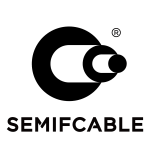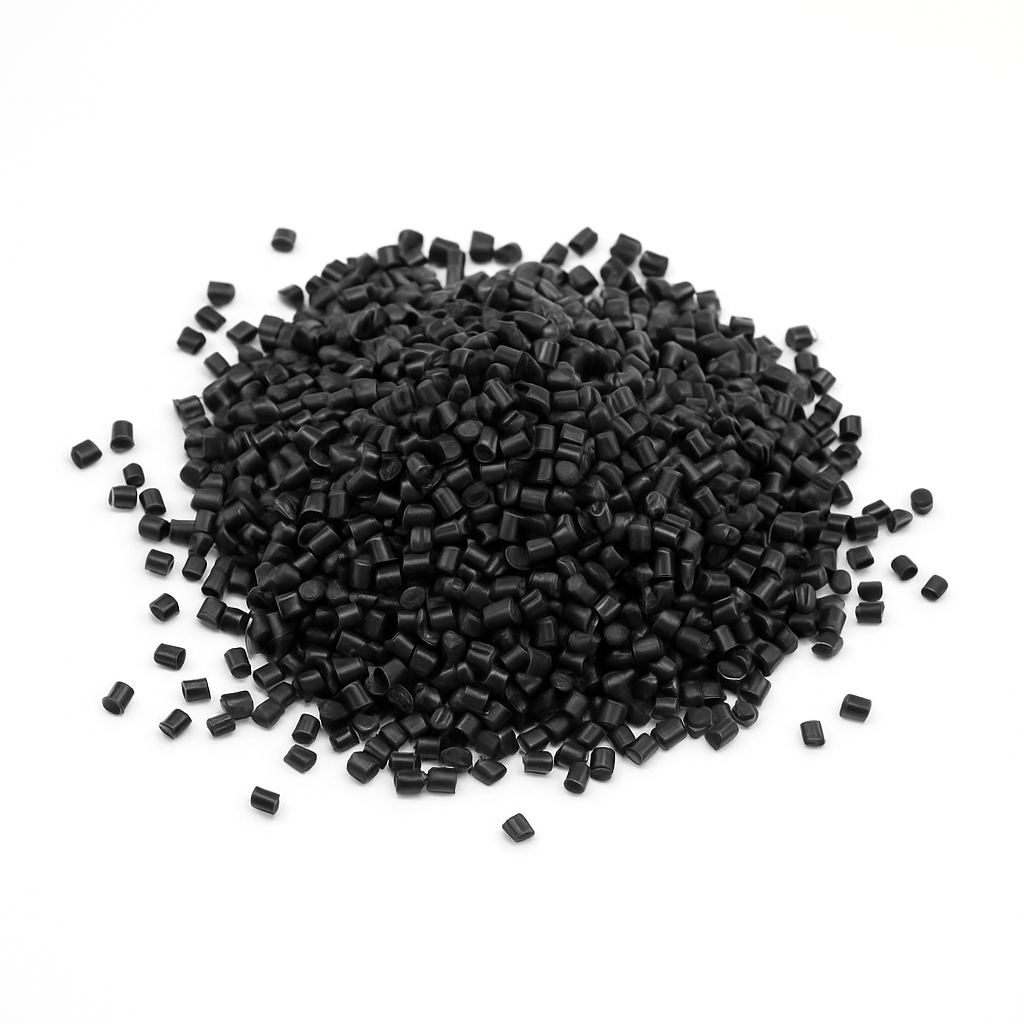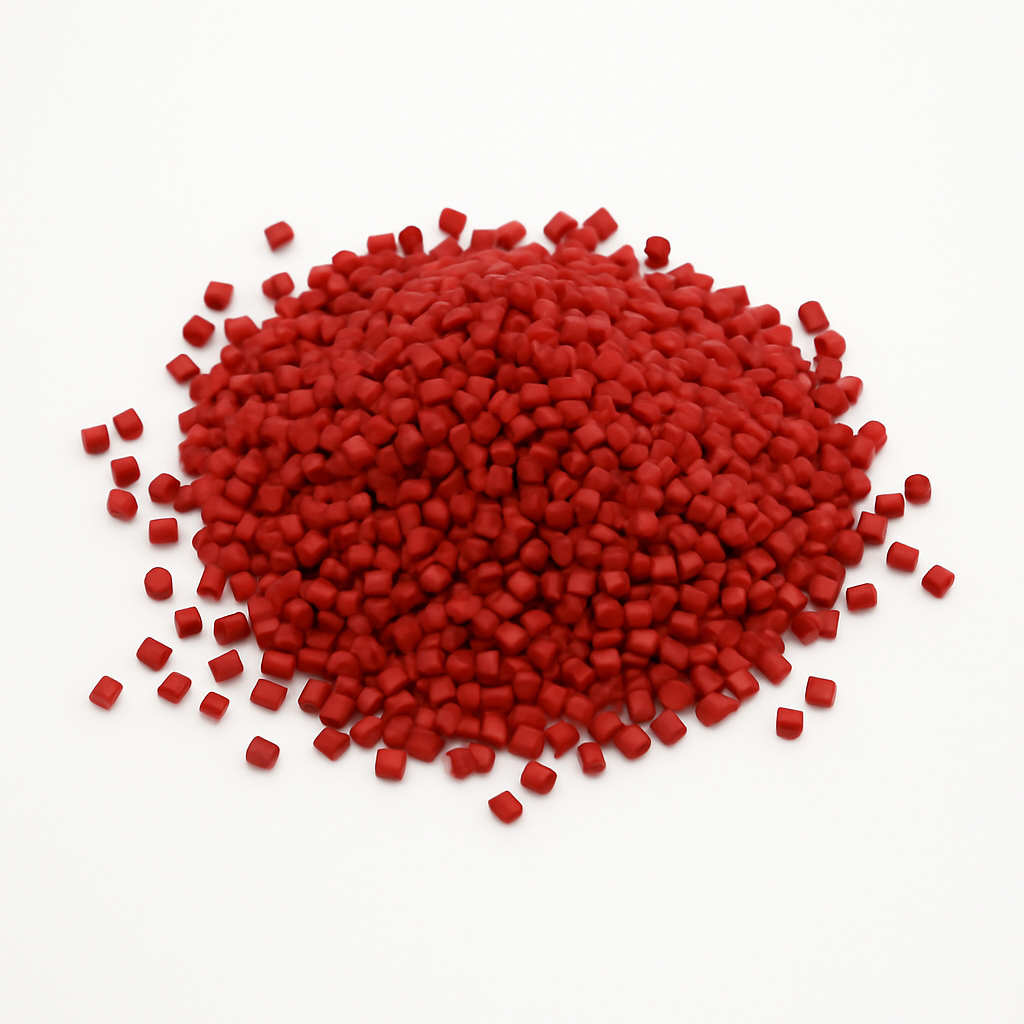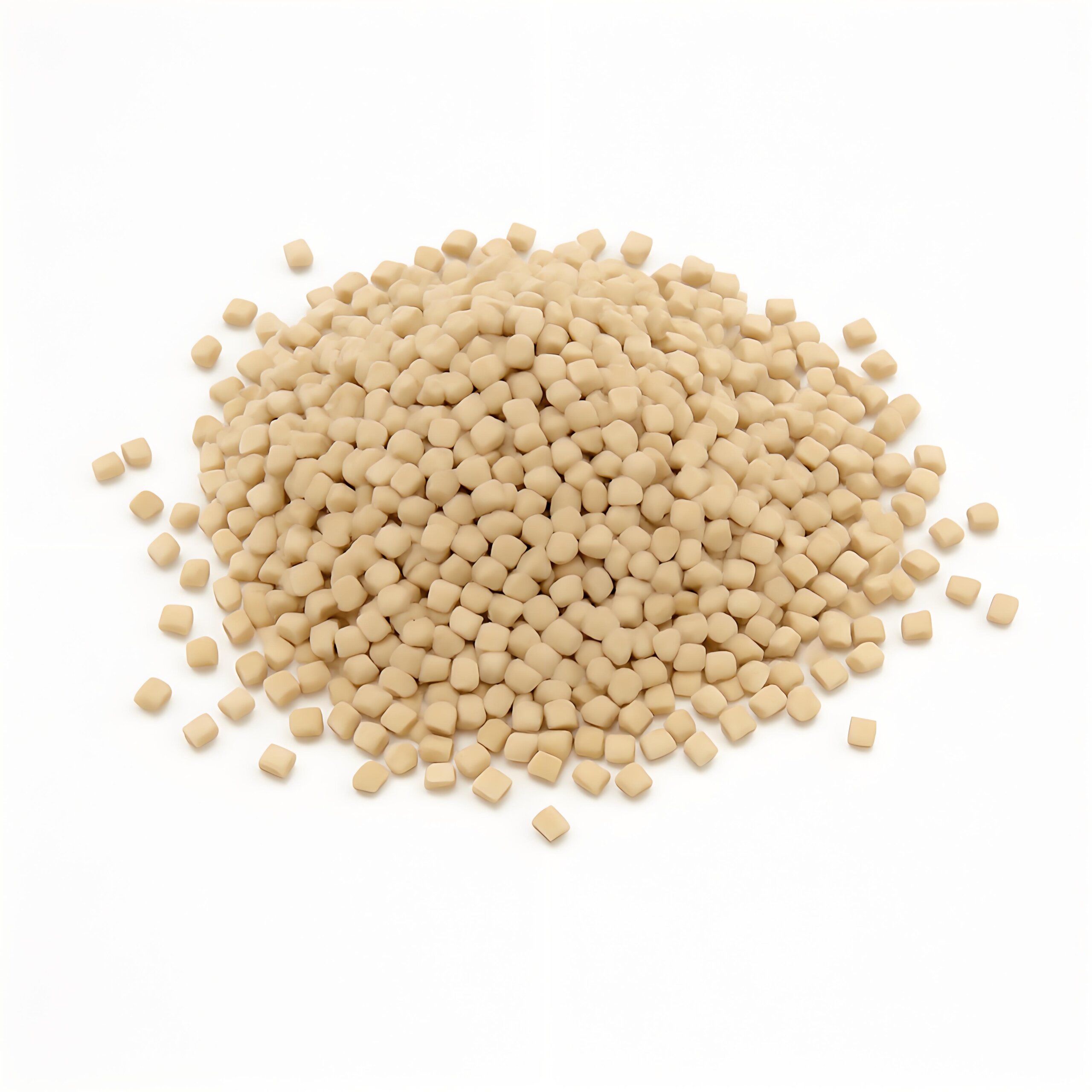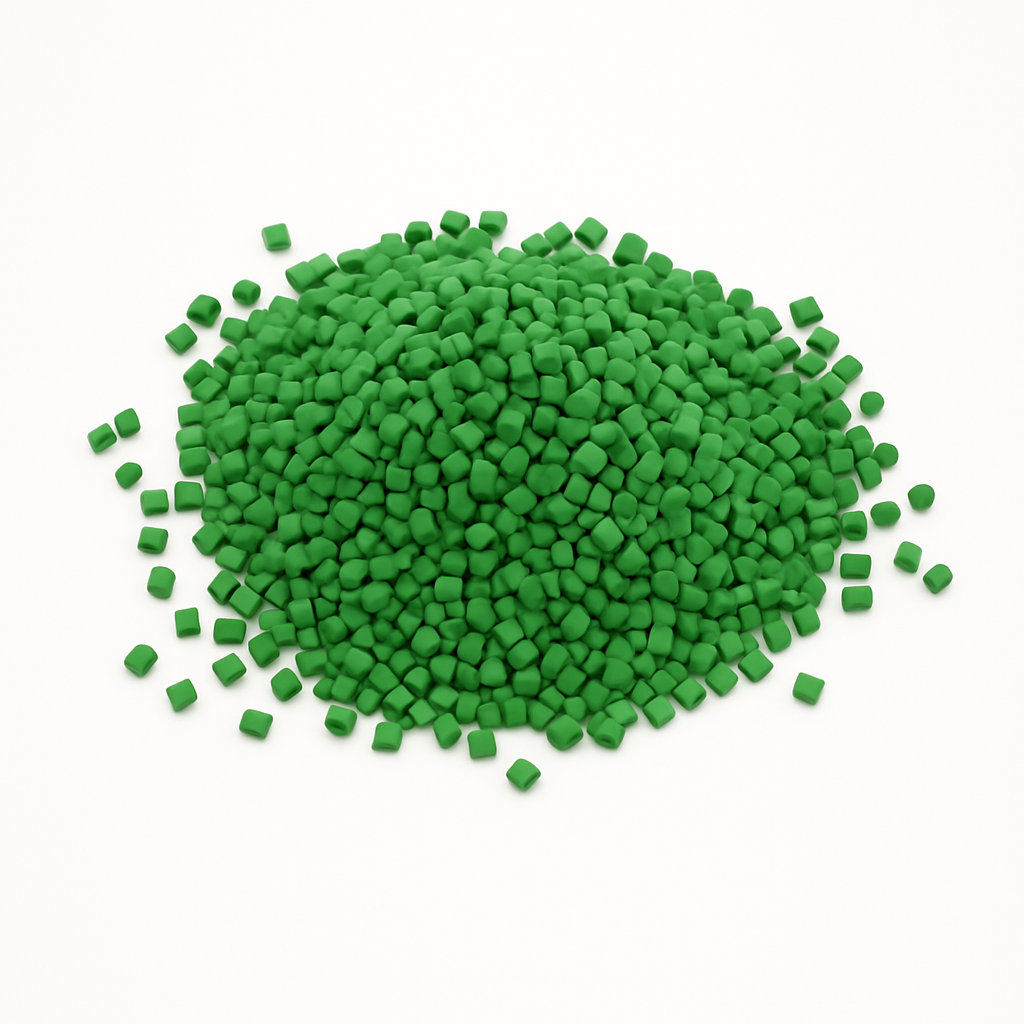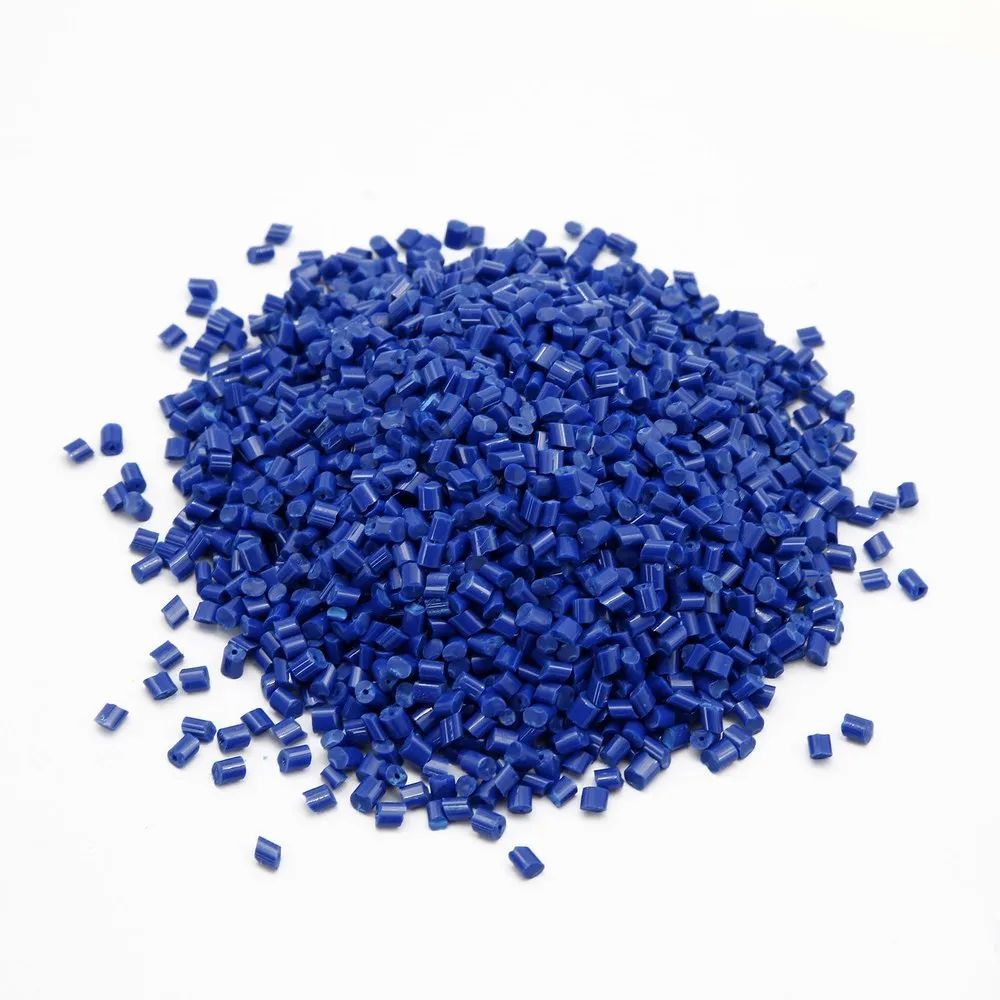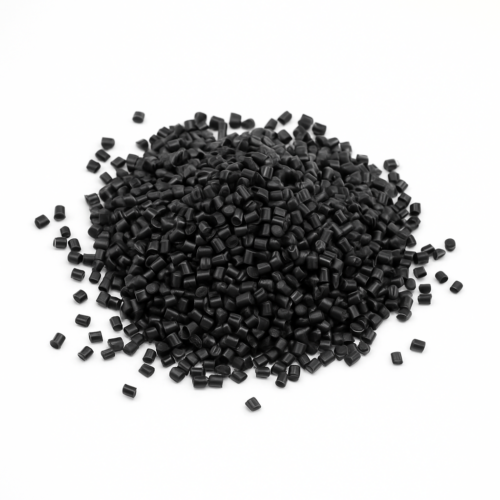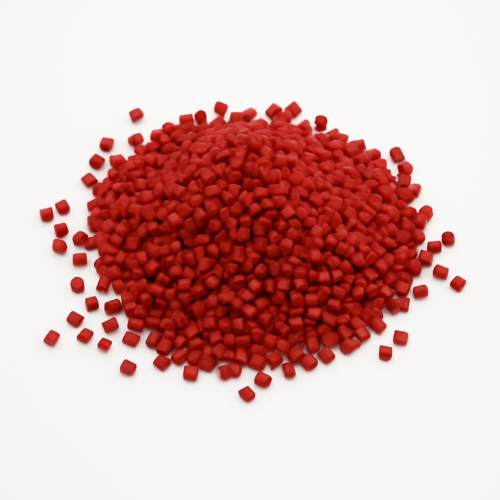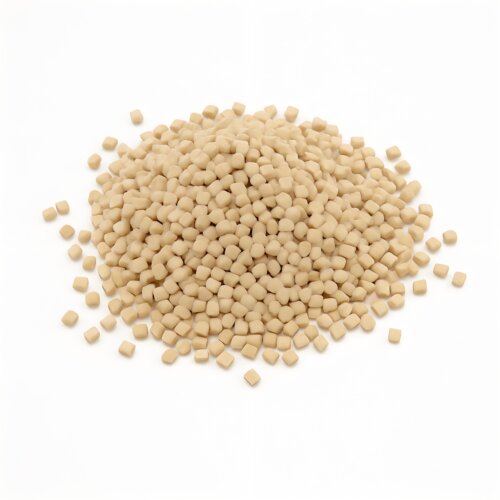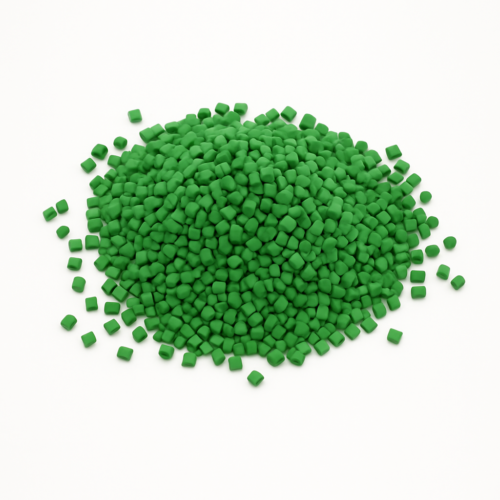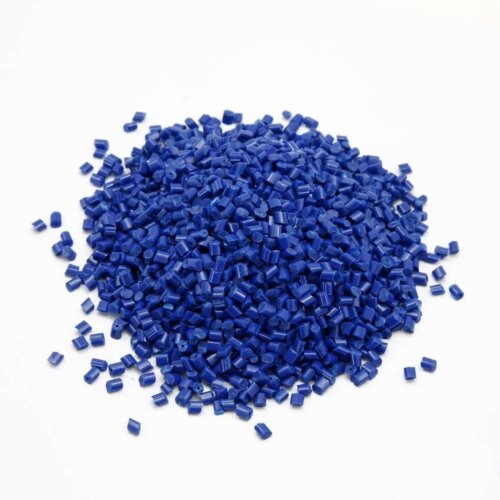1.Common Jacket Materials for Coaxial & Network Cables
| Material Name (English) | Used In | Key Features |
|---|---|---|
| PVC (Polyvinyl Chloride) | Coaxial & LAN | Most common. Low cost, flexible, flame-retardant. Ideal for indoor use. |
| PE (Polyethylene) | Coaxial & LAN | Excellent insulation, moisture and UV resistance. Used for outdoor or direct burial. |
| HDPE (High-Density PE) | Coaxial & LAN | Tougher than standard PE. Better mechanical strength. |
| LSZH (Low Smoke Zero Halogen) | Coaxial & LAN | Emits low smoke and no toxic halogen gas during fire. Used in enclosed or public areas. |
| TPE (Thermoplastic Elastomer) | Coaxial & LAN | Soft, flexible, eco-friendly. Suitable for high-flex or handheld devices. |
| PU / TPU (Polyurethane) | Mainly Coaxial | Excellent flexibility, oil & abrasion resistance. Good for harsh environments. |
| FEP (Fluorinated Ethylene Propylene) | High-end Coaxial | High-temp, chemical & UV resistance. Used in high-frequency or special coaxial cables. |
Application Tips:
Indoor use (home, office):
➤ PVC is most common for both coaxial and LAN cables.
➤ LSZH is used when fire safety is important.Outdoor use (direct sunlight, rain):
➤ PE or HDPE is preferred for both LAN and coaxial cables.Direct burial:
➤ PE with water-blocking elements (like flooding gel or tape) is typically used.Industrial or harsh environments:
➤ PU/TPU or TPE is suitable due to oil, abrasion, and mechanical resistance.High-frequency or high-temperature coaxial cables (like RF, microwave):
➤ FEP or other fluoropolymers are ideal.
Key Features :
Customizable: Formulated for different levels of flexibility, flame retardancy, temperature resistance, weather resistance, and color.
Good Electrical Insulation: Suitable for low- and medium-voltage cable insulation.
Flame Retardant Options: Can meet UL 94 V-0, IEC 60332, and other fire safety standards.
Cost-Effective: One of the most economical materials for cable sheathing.
Easy to Process: Well-suited for extrusion and injection molding.
